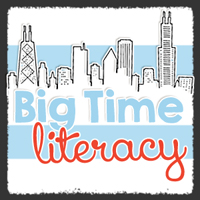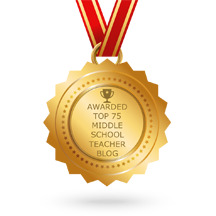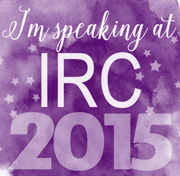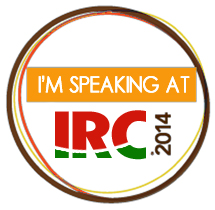I just started this blog this month. Unlike my other blog, I've linked up in a few places to network a little. It's so exciting, Jenn from Hangin' With Hekken has nominated me for a Liebster Award!
After doing a little research on this award, I've found that it's not a super formal thing - just fellow bloggers reaching out to new bloggers and nominating them to recognize new blogs. It's kinda like a chain letter for bloggers, but hey - I'm nominated by someone in the blogging world that I don't know -- people are reading what I have to say!
So the rules are that I answer the 11 questions left for me by Jenn. After that, I tell 11 random facts about myself before passing the nomination on to the next few bloggers.
Here goes!
1. How long have you been teaching?
Crazy, but it's already been ten years!
2. What subjects/grades do you teach, and which is your favorite?
I taught sixth grade for my first six years, and then I looped twice with seventh - eighth graders. I thought sixth was my favorite, but now, I have to say eighth. However, I think I like eighth so much because I was able to spend two years with both of the eighth grade groups I had - you really get to develop great relationships with them by that time.
3. How do you feel about the Oxford comma?
I'm not going to lie. I def had to look this up because I didn't know it was called that. I found out it's also called the serial comma. I kinda prefer that name!
Well, I don't use one, but after googling images to go with this, I think I should start.
Is this kind of like - do you put one or two spaces after a period? I say one, but really.....who cares? Perhaps a literacy teacher should be more concerned about this?
 |
| haha! |
4. What advice do you give a first year teacher?
That and - Your to-do list will never be complete. It's okay. Keep your list there and start back at it first thing tomorrow.
5. What things are always in your teaching bag?
My MacBook Air, some cool pens, a granola bar or some other snack, my purse. Sometimes the keys to my classroom are in there, but I usually leave them at home....
6. What classroom activity is always a hit with your students?
Love to do warm fuzzies on Valentine's Day. I've done them with sixth, seventh, and eighth, and they are equally loved by all the kids. It's just a yarn necklace that has a bunch of little yarn pieces to make a yarn ball. Each kid gets one, and better if they are all different colors. Then, they give compliments or appreciations to one another and exchange the little yarn pieces, tying them on one another's necklace.
For the last two loops, I've told my kiddos to save them until graduation and wear them under their cap and gown. While not many do, some remember, and it makes my heart so happy!
 |
| He remembered! Makes me happy! : ) |
7. What is one of your favorite blogs out there?
Well, it's actually my best friend's blog. She's the one who got me started with this, because I wanted to be like her. She writes about day-to-day stuff and she is so so funny. Like, seriously hilarious. I try to be that funny, but it doesn't work out usually.... I'm going to nominate her for this award, so you'll have to check her out.
8. Who is your role model?
Teaching role models: all my Reading Workshop people: Nancie Atwell, Lucy Calkins, Fountas & Pinnell, Ken and Yetta Goodman, and Louise Rosenblatt
Blogging role model: my bff mentioned above, Katie Cartier
General leading-a-good-life role model: my friends who have great marriages and are just all-around good people
9. What is your favorite piece of technology to use in the classroom? How do you use it?
Well, my district is 1:1 so we have so much technology. When all of your students have a device, google forms are the best. You can find out so much information - and quickly - using google forms. It's great for a formative assessment or as a daily exit slip. Plus, it compiles all the info nice and neatly into a spreadsheet.
I also used edublogs with my kiddos. They all had their own blog and wrote about the books they read. If you follow this link, you will find the homepage, and then off to the right is a list of each of my former students' blogs. Lots of work, but they loved it!
10. What is the best piece of teaching advice you ever received?
One year, probably my second or third, I was freaking out to my best friend who had been teaching just a few years longer than I had. Here's our conversation that has stuck with me all this time:
Me: Omg....Heather, I'm so stressed about ___ .
Heather: Michelle, can I tell you something and you promise you won't get mad?
Me: Ok, sure.
H: What do you remember about sixth grade?
Me: Ummm....nothing really? I think I had a cool homeroom teacher?
H: Exactly. I don't mean this in a mean way, but your kids are going to remember you and the relationship they had with you, not your content. So don't sweat it.
Me: Yeah, you're probably right.
You could totally take that the wrong way and think, "What, the skills that I'm teaching are not important?" But it's not that. I seriously hardly remember what I learned in high school and even undergrad. It was all prereq stuff that built up so I could get so interested in the area I was passionate about - teaching reading. Now, my graduate work - I've obviously had a lot of that sink in.
So, whenever I used to stress about my evaluations, or my kids writing not being up to par, or making slower progress with one of my kids and their reading - I just remember that I want them to remember me and our class, not necessarily the intervention I provided them.
11. What do you do when you aren't teaching?
I've recently started really enjoying yoga. I love blogging. I love Chicago sports and ASU football (can't wait to start watching games this fall!) Reading is great when I find an awesome book. I love visiting friends and seeing new places, too!
11 Random facts about me:
1. I moved back to Chicago all by myself four years ago.
2. New favorite pizza: Pequod's in Lincoln Park. Delish!
3. Twilight was the first book I ever read more than once.
4. The only other place I'd ever want to live is southern California.
5. My fave place to buy dresses: JC Penney. Especially with a coupon!
6. I love, Love, LOVE country music. It's hard to find another friend who does!
7. The alert sound for my text message is the 1-Up sound from Super Mario Bros.
8. I get super tan when I'm in the sun a lot - some of my friends from Phoenix thought I was Mexican. (I am not....)
9. Only one of my six closest friends lives in Chicago. The others: Kentucky, California, Arizona, Washington State.
10. I super love Dexter the serial killer.
11. A new favorite read: The Book of Awakening: Having the Life You Want by Being Present in the Life that You Have.
Now...11 questions for my nominees:
1. When did you know you wanted to be a teacher?
2. How long have you been teaching?
3. What subjects/grades have you taught? What is your current position?
4. What is your biggest accomplishment as a teacher?
5. Best advice you could give a first-year teacher?
6. What are your teaching goals going forward?
7. Who is your role model? (teaching or otherwise)
8. What is your favorite blog to read?
9. What do you do for fun in your free time?
10. Any special summer break plans?
11. What is your secret super power?
And now....I nominate these three blogs for the Liebster Award:
Thanks again to Jenn for my nomination!
I can't imagine the days when I have to go back to work. It's 4:30 and I've already went to yoga, showered, went to the pool, done all my laundry, and written this blog! Wooooo!
Have a great night!









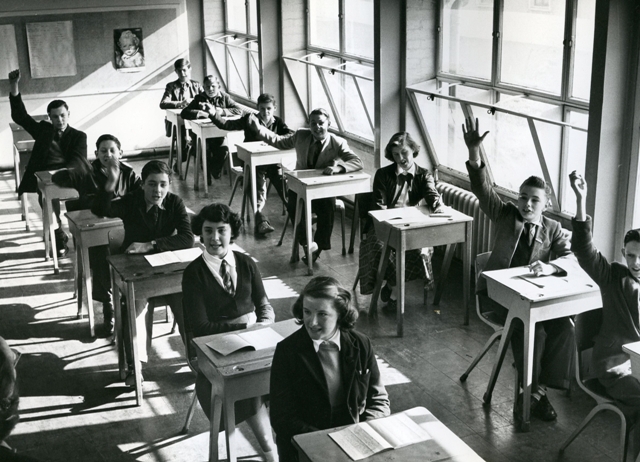



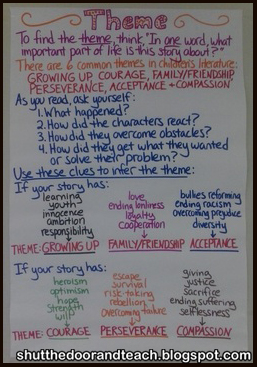


















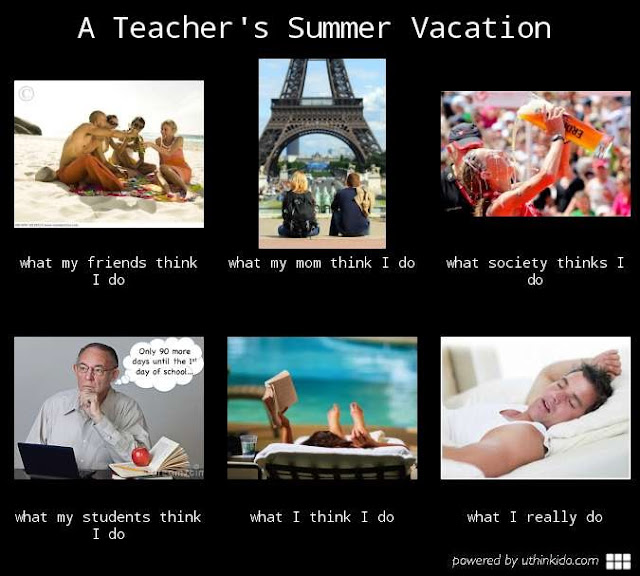


.jpg)












